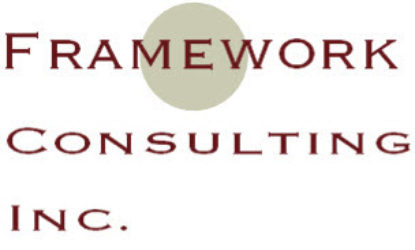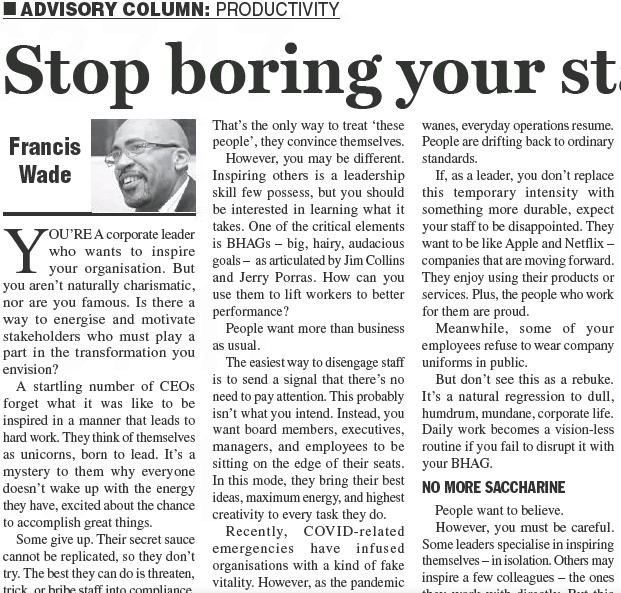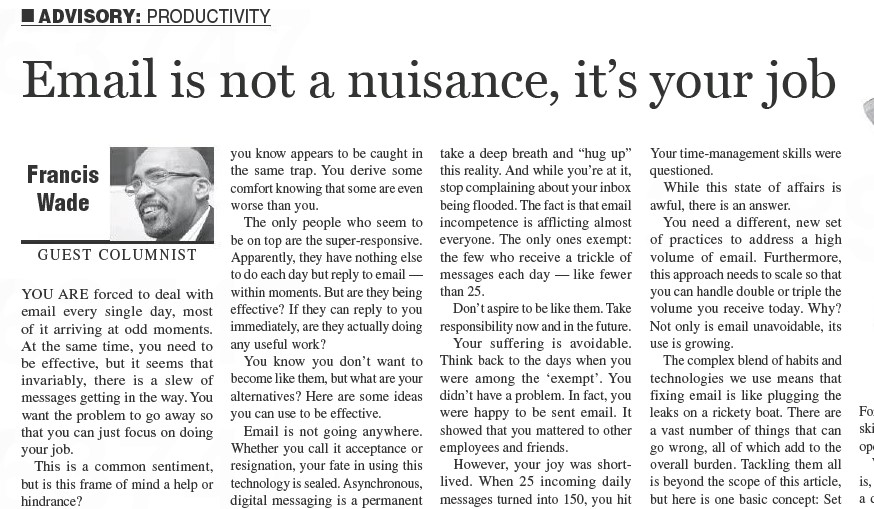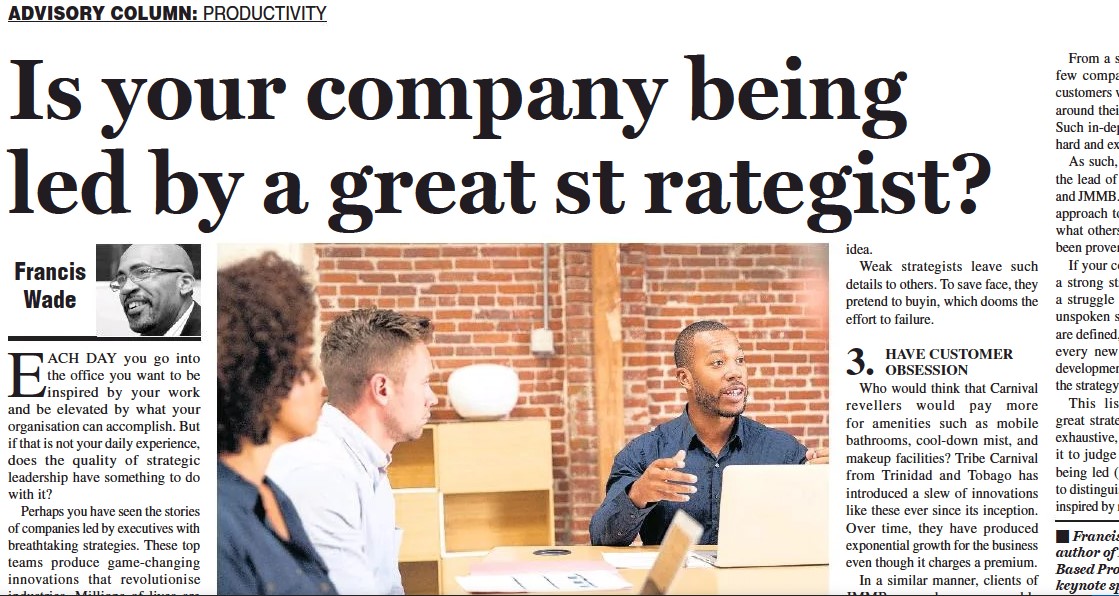Your company is considering its next strategic planning retreat. But the last real one, held just before COVID, didn’t anticipate a pandemic. So, the plan had to be shelved. Now, attendees are reluctant to schedule a new session. Do you give up on the idea?
As a past attendee at strategic planning retreats, you have seen both big plans and grandiose commitments. However, you may never have seen these goals realized. Now, you remain a bit cynical.
“Take the same resources and invest them elsewhere”, you argue. But you harbour doubts about this idea. Here are three elements of strategic planning to consider so that implementation improves.
#1 – Big Decisions Don’t Make Themselves
In order to resolve a difficult strategic issue, there comes a critical moment when an executive team must make a final decision. The live occasion must include all the organization’s top leaders, armed with the best information possible. It’s the point of no return. “Argument done.”
The bigger the decision, the more intense the discussion, and the longer the deliberations can take. Why? The risk involved amps up expectations and fears.
Unlike lifesaving announcements to close offices to reduce infections, these big strategic decisions don’t make themselves. They require proactive, collective courage.
In this context, you shouldn’t use past failures (such as pre-pandemic plans) to avoid making critical decisions today. Why?
Consider the biggest, scariest decisions you don’t want to confront in your next retreat. For each day you delay, you make things worse for future stakeholders. In fact, they’ll probably look back and regret your indecision.
On the other hand, even a strategic plan which isn’t implemented fully can benefit the organization. Why? It represents a brave step closer to ultimate success.
#2 – Support New Micro-Behaviors
All strategic plans comprise both single actions versus slow, steady behavior changes.
For example, a single action may be the purchase of a new machine. This investment is relatively easy to implement.
However, slow, steady changes in habits or routines are much harder. And those which require a new mindset are even more difficult.
For the most part, organizations approach these behavioral changes as if they can be bought with financial incentives. Research shows that this is true, but only for a subset of work. In fact, more money leads to more output for simple, physical tasks.
However, knowledge workers don’t become smarter or more creative with better bonuses. A big raise does not foster better decision-making.
When these slow changes are called for in the strategic plan, it’s time for HR professionals to step up. Usually, they understand the culture of the organization. Using the latest change management theories, they can help teams craft realistic tactics…the kind which actually can be implemented by motivated people.
#3 – Tactics to Overcome Inertia
However, the strategy will require more than sound planning. Starting the day after the retreat, when the excitement has worn off, things will be tough.
By definition, attendees return to a world which does not support the new vision. Instead, it is filled with inertia, such as past email messages, which still need to be answered. Plus, each person’s calendar still reflects old priorities.
Finally, attendees are surrounded by folks who weren’t in the retreat and have old habits. They were perfectly tuned to meet the demands of a prior age and a now-obsolete performance review system.
Consequently, the change required at the individual level to support the new strategy is considerable. In fact, the likelihood of success can be predicted. Just look at the support provided to help individuals make the transformation needed. If they are left to their own devices, the inertia will lead to failure.
At this point, this isn’t an HR problem: it belongs to the entire organization. If this fact isn’t embraced, you can expect more of the same: a strategic plan which sits on the shelf, alongside all the others.
Taken by themselves, the three ideas I have provided are not big. But if you bring them together, they become a foundation strong enough to forge a new direction.
Such is the nature of game-changing strategic plans. They are painstakingly slow to put in place, but become an unstoppable force that employees in the distant future will see clearly, in retrospect.
As such, this isn’t about COVID-era, short-term survival tactics which are in such vogue today. Instead, it’s about future generations and the legacy they are left to contend with.
Herein lies the motivation needed to implement the most challenging changes and the most outrageous strategies. While success isn’t guaranteed, they’ll help your organization move past prior failures to accomplish a brand new future.
Francis Wade is the author of Perfect Time-Based Productivity, a keynote speaker and a management consultant. To search his prior columns on productivity, strategy, engagement and business processes, send email to columns@fwconsulting.com.





